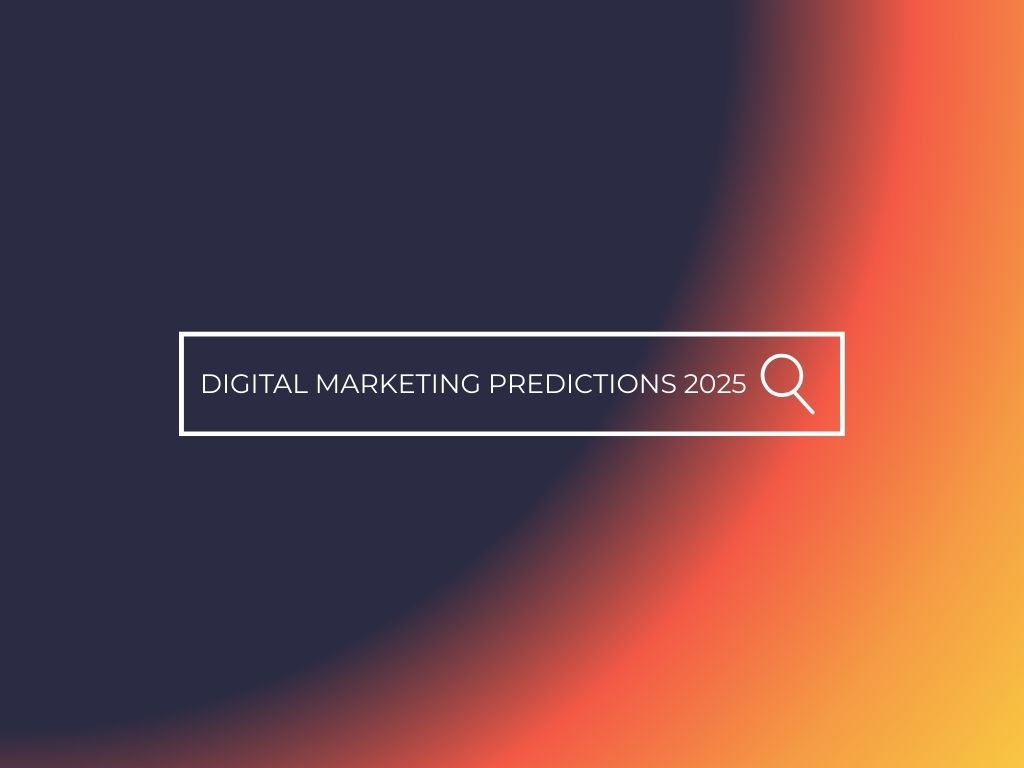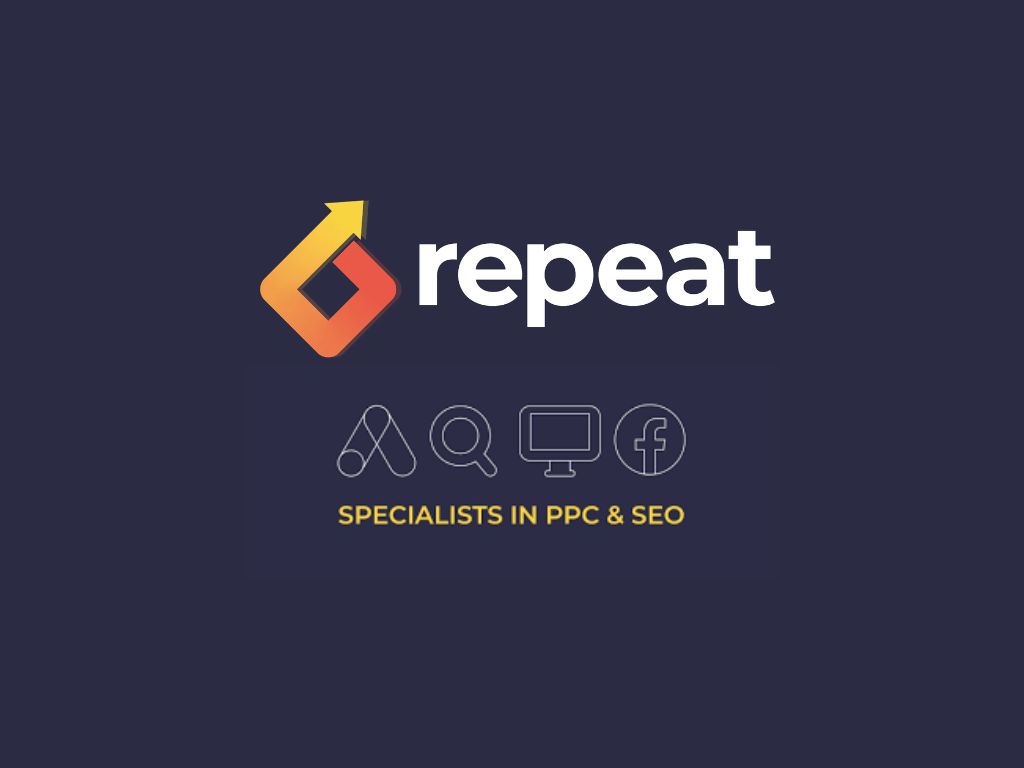
Today is the big marketing presentation.
You were up all night, riding a caffeine high, pulling together all the data that proves your team is crushing it this quarter.
You’re thinking: This is the one. The banker. The no-brainer. The one that lands the promotion. It can’t fail.
But then, halfway through your pitch, you glance up to make eye contact with your boss… and they’re asleep. Maybe not actually, but you can see they’re thinking about what they want for lunch instead of your number crunching.
How rude, you think. All that time, for nothing—great. But maybe… just maybe, there’s more to it.
Maybe it was the data? No, the data was solid. We were up on every KPI.
Maybe it was the delivery? No, I came across alright. Some may even say charming (I don’t know who, but some might…).
So what went wrong? The truth is, the numbers just didn’t land. They told the what, but not the why.
They didn’t tell a story. So let’s change that.
Data without context is just white-noise
Just like the sound of white noise, dumping a load of data onto someone is a great way for anyone to fall asleep.
So how do we stay ahead of the static? And make our marketing reports emphatic.
The key is to add just enough context (without losing the impact of the results). This is what makes data actually interesting. Humans are inquisitive creatures, we want to know the whys, the whats, and the hows.
An example of this would be, “we saw a spike in LinkedIn engagement after introducing video content, showing that it resonates more than static content.”
According to the Harvard Business Review “Without context and guidance, even the most robust data sets are just noise.”
Explain why a change happened, not just what changed. That’s how you get the “Wow!”s.
Simple doesn’t mean stupid

Is the marketing data in your report starting to look like the endless scroll of green code from The Matrix?
At least The Matrix had Keanu Reeves and kung fu to keep your attention.
Your report? It’s giving “Ke-an’t be bothered” to read all of that.
You need to “Simplify, man!”
Simplification doesn’t mean making things shallow (if your report requires a deep dive, then scuba away, my friend).
It just means being a bit more ruthless about what makes the cut for the final presentation and what doesn’t. For example, “Is this stat more important than that stat?” or “Could this be presented in a more digestible way?”
Whether you like it or not, reports are graphic design.
Did you ask to be a graphic designer?
Probably.
Probably not.
But if you think about it, the best reports are designed (key word there) to guide your eye—using size, colour, and placement to highlight what matters most.
These are all fundamental design elements. See what I’m getting at here?
Statistics design legend Edward Tufte says, “Clutter and confusion are failures of design, not attributes of information.” So, by refining your reports down to the essential information, you’re already halfway to creating something coherent.
Give your report a character arc
“Houston, we have a problem. We’re boring our audience.”
Your report should flow like a blockbuster epic, not just random scenes spliced together. We all know the best stories have a beginning, a middle, and an end.
This isn’t just reserved for the magic of Hollywood studios. Jennifer Aaker, Professor of Marketing at Stanford University, found that “stories are remembered up to 22 times more than facts alone.”
Pairing data with stories helps the report resonate with audiences both intellectually and emotionally. A narrative arc gives your report a sense of direction. It turns “Here’s what happened” into “Here’s what matters, here’s what we did next.”
So how do we do this?
Start with a problem statement, e.g. “organic search traffic dropped by 25% in December.”
Next, give them some insight, e.g. “Turns out, most of that missing traffic was down to just two blog posts dropping from page one to page two on Google”
Finally, round it off with an action point, e.g. “So, we gave those posts a fresh lick of paint, tightened up the internal links, and asked Google nicely to take another look. By February, both posts were back on page one and traffic bounced back by 20%.”
You can even add in a “Sixth Sense”, M.Night Shamalyan-style twist at the end if you’d like. Just avoid giving any senior team members a heart attack…

____________________
Is your marketing data not looking up to scratch? We get it, in-house marketing is stressful at the best of times, that’s why we’re here to help.
Repeat Digital is offering Free Marketing Audits for businesses looking to improve their PPC, SEO & Paid Social strategies.
Our team of experts doesn’t just optimise campaigns, we provide ideas and solutions that drive real, measurable results.
Clients love how we become an extension of their marketing team, which is why we’re rated 4.9/5 stars on reviews.io.
Find out how we can improve your marketing and maximise your ROI today.
Jump into another related resource
Whether you’re after expert-written blogs, downloadable guides, or time-saving checklists, our Resource Hub gives you practical tools to make your marketing more effective.












